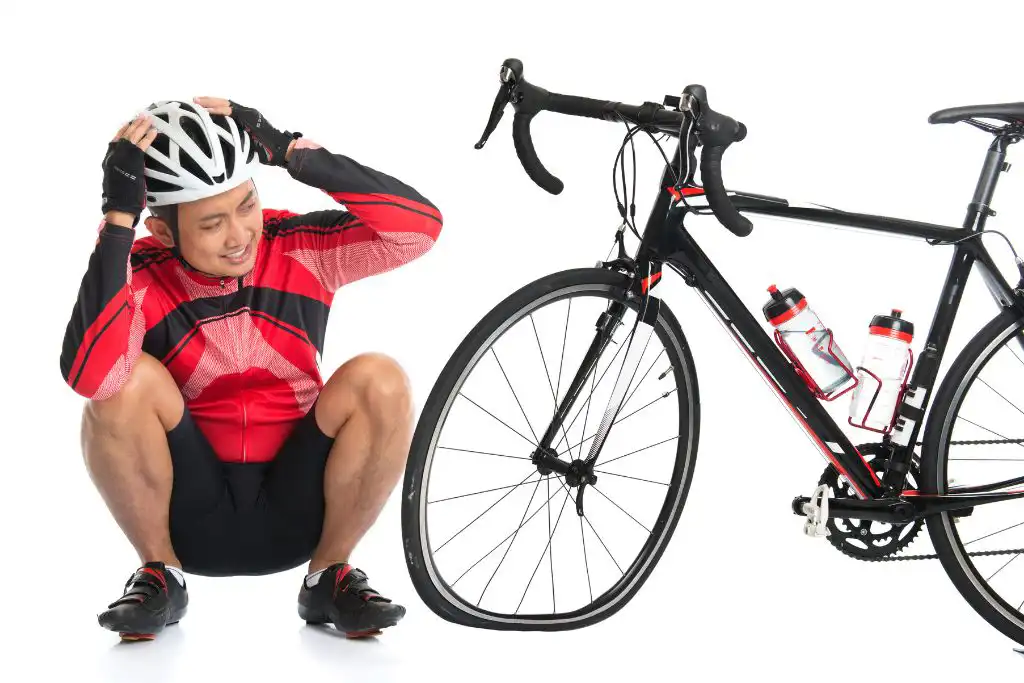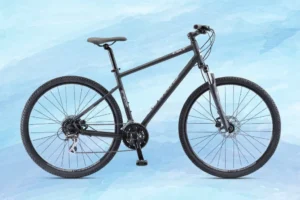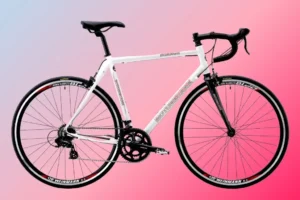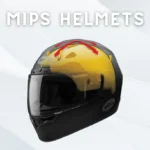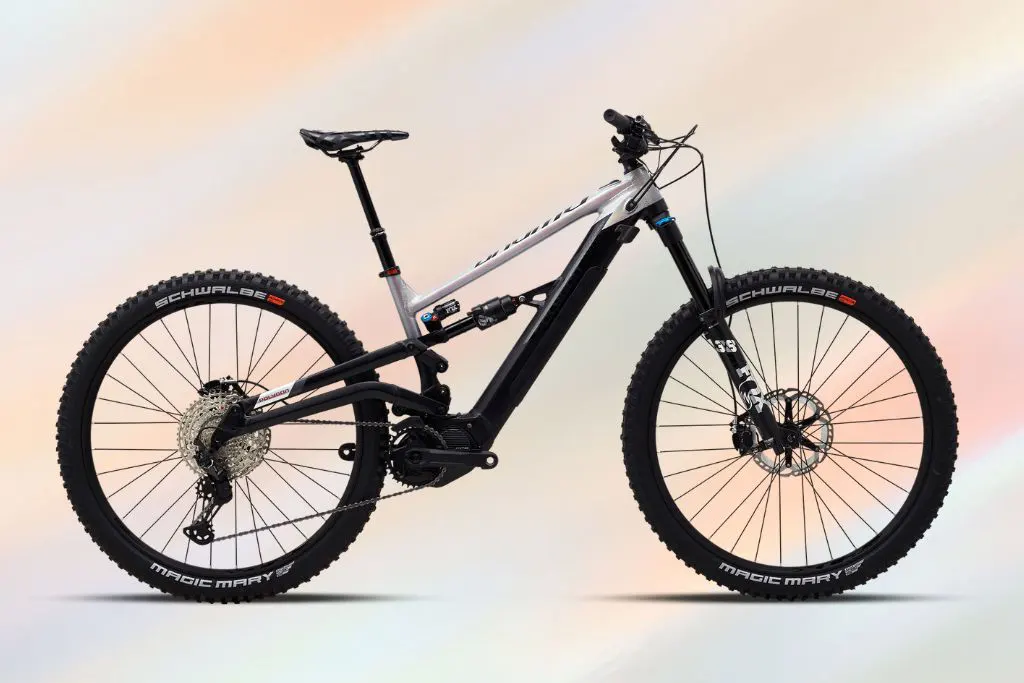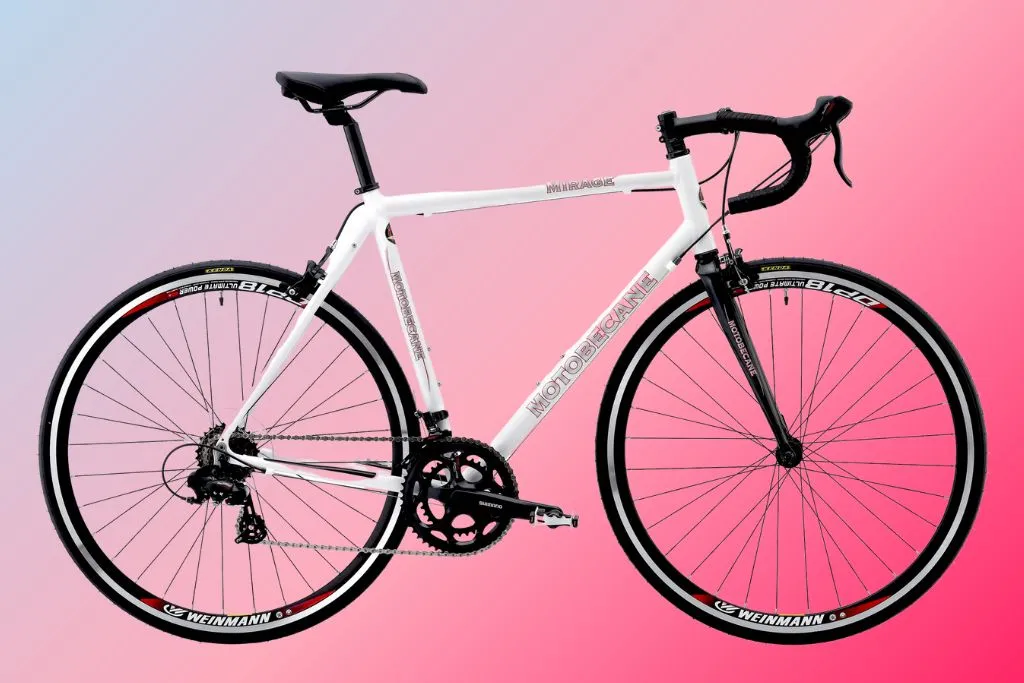It’s a beautiful day for a bike ride, but as you start pedaling, you feel something is wrong. You stop and take a look at your tire – it looks like the sidewall has a dent in it. Is your tire flat? If you’re not sure how to tell, don’t worry! In this blog post, we will teach you how to determine if your bike tire is flat and what to do if it is.
How to tell if your bike tire is flat?
There are a few ways to tell if your bike tire is flat. The first is by looking at the tire. If it is visibly flat, then it needs to be inflated. Another way to tell is by feeling the tire. If it feels soft, then it is probably flat. Finally, you can try to spin the wheel.
If the wheel isn’t spinning smoothly, then that’s another sign that the tire isflat. If you’re not sure, it’s always best to err on the side of caution and inflate the tire just in case. Doing so will help ensure that you can keep riding without incident.
How Far Can You Ride on a Flat Tire Bike?
A broken spoke, a sharp rock, or even just a slow leak can leave you stranded with a flat tire. If you’re lucky, you might be able to limp your way to the nearest exit or path. But if you’re in the middle of nowhere, you might have to walk your bike until you find help. So how far can you ride on a flat tire? It depends on a few factors.
First, the type of bike you’re riding makes a difference. A road bike with thin tires will lose air faster than a mountain bike with thicker tires. Second, the terrain also matters. If you’re riding on pavement, you’ll be able to go further than if you’re riding on sand or mud.
Finally, your own strength and stamina are factors. If you’re strong enough to pedaled hard, you might be able to make it for several miles. But if you’re already tired, a flat tire will quickly wear you out. In the end, it’s always best to be prepared with a spare tube or patch kit. That way, you can get back on the road as quickly as possible.
What to do if you have a flat bike tire?
If you find yourself with a flat bike tire, don’t worry – it’s not the end of the world. There are a few easy steps you can follow to fix it. First, if you have a spare tube, take it out and inflate it. Once it’s inflated, use a tire lever to pry off the old tire.
If you don’t have a spare tube, you can patch the old one. To do this, remove the valve stem and use a bike pump to inflate the tire. Once it’s inflated, use a knife or other sharp object to make an X-shaped cut in the tire.
Then, use a vulcanizing patch to cover the hole. Finally, reattach the valve stem and inflate the tire. With a little bit of effort, you’ll be back on the road in no time!
How to prevent bike flats in the future?
Bike flats are a frustrating, but all too common, occurrence for cyclists. There are a number of things that can cause a flat, from sharp objects puncturing the tire to simply running over a pothole. Thankfully, there are a few things that you can do to help prevent flats in the future. First, make sure that your tires are properly inflated.
This will help to reduce the chances of a puncture. Second, avoid riding in areas where there is debris or sharp objects that could puncture your tires. And finally, inspect your tires regularly for any signs of wear and tear. By taking these simple precautions, you can help to keep your bike on the road and avoid flats.
Tips for fixing a flat bike tire:
Fixing a flat bike tire is a relatively easy task that can be completed with a few simple tools. Most importantly, you will need a pump or CO2 cartridges to inflate the tire. You will also need a wrench to remove the wheel, and a patch kit to repair the puncture.
To begin, use the wrench to loosen the axle nuts and remove the wheel from the frame. Next, use your fingers or a tire lever to pry the tire off of the wheel rim. Once the tire is off, locate the puncture and use the included tools to patch it.
Finally, re-attach the tire to the wheel rim and reinstall the wheel on the frame. Be sure to tightened the axle nuts before riding. With these simple steps, you can easily fix a flat bike tire and be back on the road in no time.
Bicycle tire looks flat when riding:
When you’re out on a bike ride, the last thing you want is a flat tire. But sometimes, it happens. If your bicycle tire looks flat when riding, there are a few things you can do. First, check the tire pressure. If it’s low, inflate the tire to the recommended pressure.
If the tire is still flat, you may have a hole in the tire. Use a bicycle pump to inflate the tire, then feel around the outside of the tire for a hole. If you find one, use a patch kit to repair the hole. Once you’ve patched the hole, re-inflate the tire and enjoy your ride!
Recommended tools and supplies for fixing flats:
When it comes to fixing flats, there are a few essential tools and supplies that every cyclist should have on hand. First, a good pump is essential for getting your tires back up to full pressure. A frame-mounted pump is ideal, but a small handheld pump will also do the trick. Next, you’ll need a patch kit for repairing any punctures in your tire.
Be sure to get a kit that includes both patches and adhesive so you can make quick work of any flats. Finally, you’ll want to keep a spare inner tube with you in case of a more serious puncture. By keeping these items in your cycling kit, you’ll be prepared for any flat tire emergencies that come your way.
Why do bike tires go flat when not in use?
Over time, bike tires will naturally lose air. This is because the tiny holes in the tire (called pores) allow air to slowly escape. The process is accelerated by heat and humidity, which cause the tire to expand and contract, opening up the pores even further. When a tire is not in use, the process is slower since the tire is not subject to the same forces.
However, over time, a flat tire is inevitable. While it may be tempting to simply pump up your tires before each ride, this will only delay the inevitable. Ultimately, the best way to prevent a flat tire is to regularly check the pressure and inflate as needed. By taking these simple precautions, you can help ensure that your bike is always ready for a ride.
Can a bike tire go flat without a hole?
A bike tire can go flat without a hole, but it is less likely. If there is slow air leak, the tire will gradually lose air over time. A fast air leak usually happens when there is a hole in the tire. There are several ways to tell if there is a hole in the tire.
One way is to feel around the tire for any bulges. Another way is to use a bike pump to inflate the tire and see if the needle on the pressure gauge drops. If there is a hole, you will need to patch or replace the tire. Slow leaks can often be fixed with a simple bicycle tube patch kit.
Is my bike tire flat or punctured?
There are a few ways to tell if your bike tire is flat or punctured. First, check the appearance of the tire. If it looks mushy or has a lot of wrinkles, it may be flat. Second, check the pressure. If it feels soft when you squeeze it, it may be flat.
Finally, take the bike for a spin. If the tire feels unstable or wobbles, it may be punctured. If you’re still not sure, take the bike to a mechanic or bike shop and they will be able to help you diagnose the problem.

